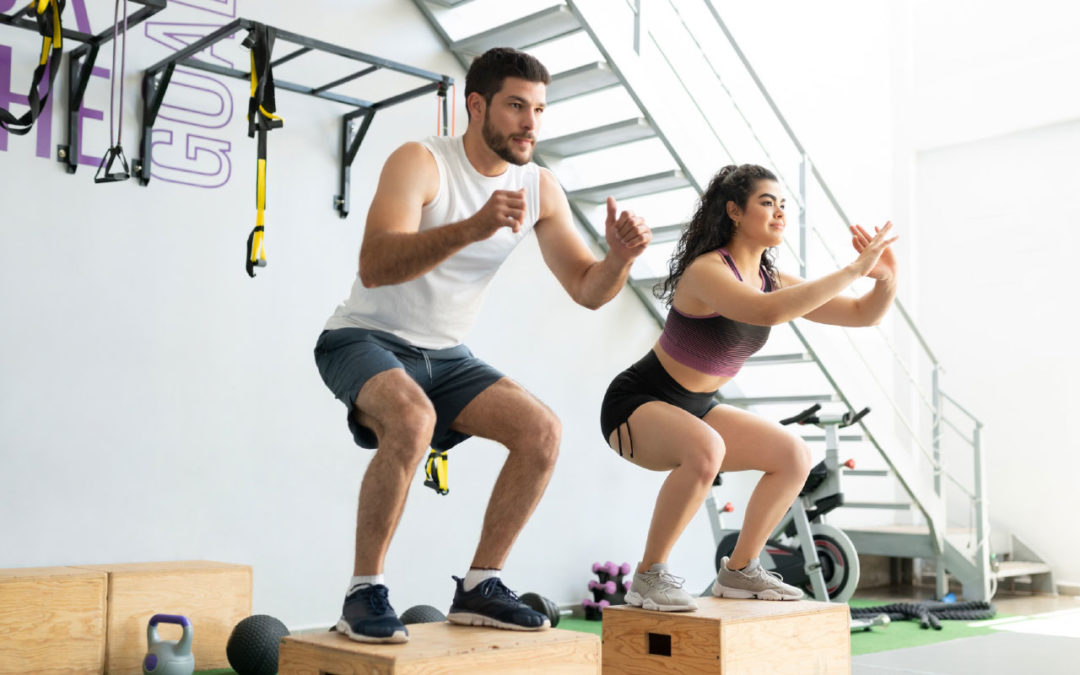
By Miguel J. Ortiz
I have always told my clients that it’s important to learn how to slow down before you speed up or move fast. For example, Ferraris don’t have a Fiat suspension. They have a Ferrari suspension because the speed of the car requires balance.
Another example is snow skiing. Before one decides to ski down the slopes fast they must first learn how to slow down. Unfortunately, not enough people apply this to their workout routines and they get inconsistent results, injuries and/or joint pain. Not to mention the exercises that involve jumping, like a box jump, tend to make people feel either excited because it looks fun or scared to even try it. Regardless of how you feel, I want to make sure you’re more confident about your jumping ability. I want to provide some simple tips and warm up exercises that will be sure to have you jumping in no time. Whether you’re a beginner, or just need a refresher, utilize these exercises to keep your body ready for anything.
Before we take off, we need to understand what bounding feels like for the ankle. Jumping rope is a simple movement that helps get the ankle joints active and the knees soft. Being able to control your ankles with light bounding movements that include landing softly on the balls of your feet, like jumping rope, will help when it comes to future plyometric exercises. If you’re unable to do jumping jacks or jump rope, I recommend starting there and building up endurance before working on power.
The second movement is a kettle bell swing. One reason this movement can help is because of its ability to focus on core stability while ensuring quality glute activation. When performing plyometrics we are generally looking for quality hip extension and that requires strong glutes. When it comes to power and box jumps, we need strong glutes. Because we’re looking to leave the ground, having quality body awareness is as important as controlling a kettle bell. It requires momentum control like a box jump or general plyometrics. We have to be able to control the power that we want to produce.
The third exercise is known as a depth jump. What’s great about this exercise is that we learn to work on the landing or absorption of the movement from a short distance. I would start on top of a 45-pound plate like or 6-inch platform. It is vital to land soft and to absorb the movement. From the elevated position, we can step forward and absorb into a squat position, distributing weight evenly through the legs and core so that when landing it does not bother the ankles, knees and hips.
The fourth, and last movement, is a squat jump reset. This movement is where we finally begin to leave the ground before even attempting to jump on anything. We start by absorbing one’s body weight into a squat and then jump into the air – using one’s arms – just like you would during a box jump. The only difference is that when one comes down to land the weight can be absorbed into the ground. The key is to land soft like a cat, come to a standing position and reset for another rep.
Use these movements wisely and remember that a simple warm up can go a long way. By slowing down, you can speed up. You are definitely going to do your body and joints a huge favor.
Miguel J. Ortiz is a personal trainer in Atlanta, Georgia. He is a member of the National Personal Trainer Institute and a Certified Nutritional Consultant with more than a decade of professional experience. He can be found on Instagram at @migueljortiz.









